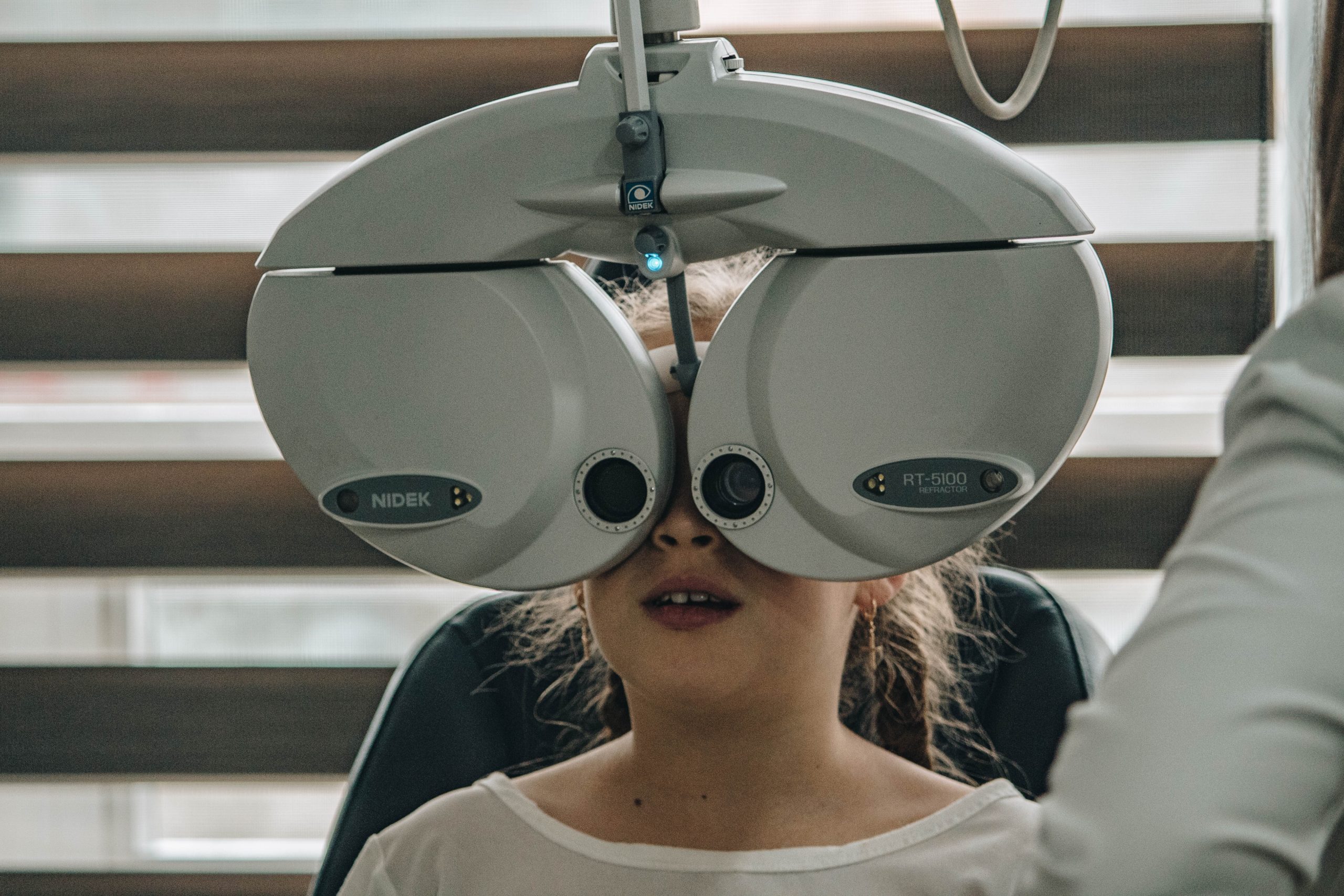Signs To Add An Eye Exam To The Top Of Your To-Do List

The last year has been hard for us. We put our freedom on hold to see if we could stay healthy. Meanwhile, we put off eye care appointments. And yet, ignoring annual exams that can detect eye and vision problems is a mistake. Whether you’ve noticed changes in your vision or have these telltale signs, here are the unmistakable signs that you need an eye exam now!
Signs To Add An Eye Exam To The Top Of Your To-Do List
1 – Your Eyesight Is Off.
It’s normal for your eyesight to change over time. But if you notice sudden changes, you may be seeing a problem arising early. Anything that affects your vision is worth mentioning to your eye doctor.
“Even if your vision is not blurry or you have not noticed a dramatic change, the first step is to have an eye exam, expert ophthalmologists say. This is especially true if you have any of the following vision concerns.
2 – Blurry Vision
Your eyes may not be seeing clear images if your vision is blurry. This can be a sign of a condition like glaucoma, cataracts, or macular degeneration.
3 – You experience frequent headaches.
More than 50 per cent of people with eye disease experience headaches, according to the National Eye Institute. The most common culprits are glaucoma, which is usually hereditary, and migraines, which can be caused by eyestrain. Eye doctors can diagnose and treat these problems.
4 – You have trouble seeing at night.
Many doctors will tell you to have an eye exam if your night vision driving has become poor because of macular degeneration or if you are experiencing “halos” around lights or glare.
5 – You squint a lot.
This could be a sign of keratoconus, a progressive condition that causes the cornea to thin. This can cause blurry vision, flashing lights, and eye strain.
6 – Your eyes are red or irritated.
Some people develop a red, irritated area at the inner corner of the eye, especially after a late night. Dry eyes, allergies, and even a condition called blepharitis can cause redness and irritation.
7 – Your Vision Is Fine In One Eye But Not In The Other.
Some people experience differences in their eyesight. If one eye is always blurry or if one eye jumps back and forth from clear to blurry, this needs to be checked out by your doctor.
8 – Fatigue
This one is huge! Squinting, blurred vision or double vision, or even the need for a brighter lamp or dimmer switch at home are all signs of vision issues. If this is happening to you, it’s time for an eye exam.
Conclusion
The best way to avoid the risk of vision loss and bad eyesight is to be proactive. Schedule an eye exam today. Don’t wait for your vision to get worse. Even if you think your vision is fine, it’s important to be proactive and schedule an eye examination. At least once a year, if not more.
At Vision and Eyes, we have over 35 years of experience in optical care, and we’ve built up a wealth of knowledge of what really works. Get the best vision health by visiting us today!
